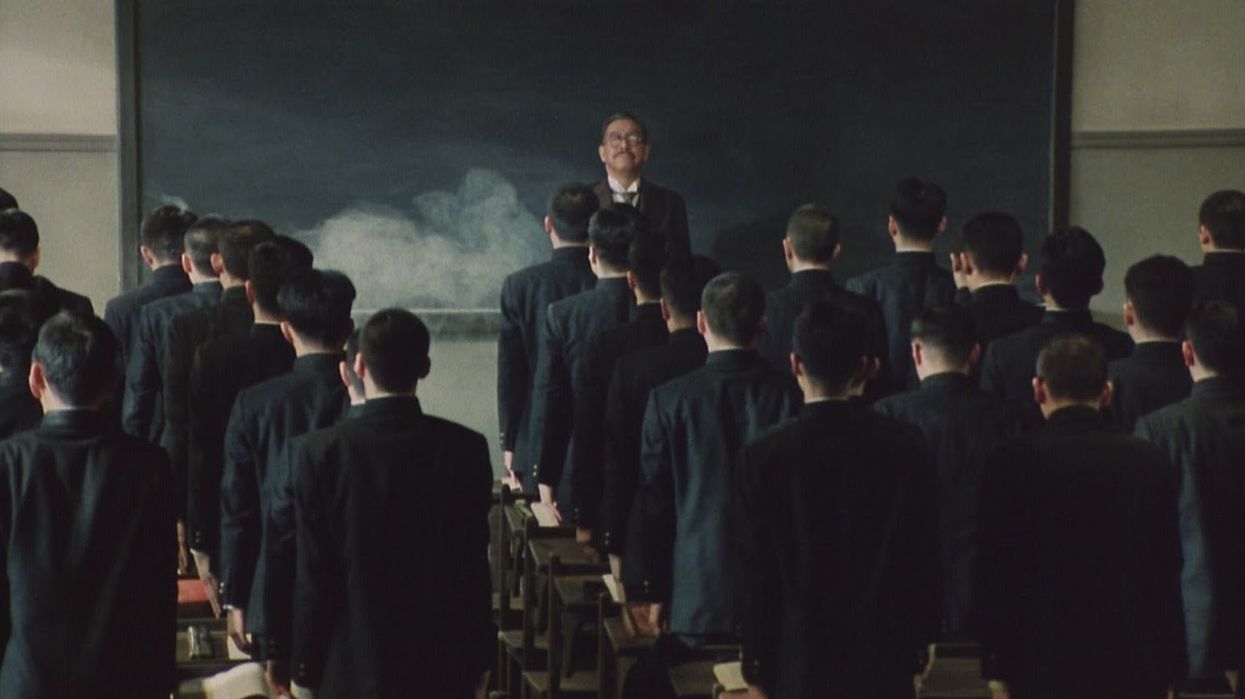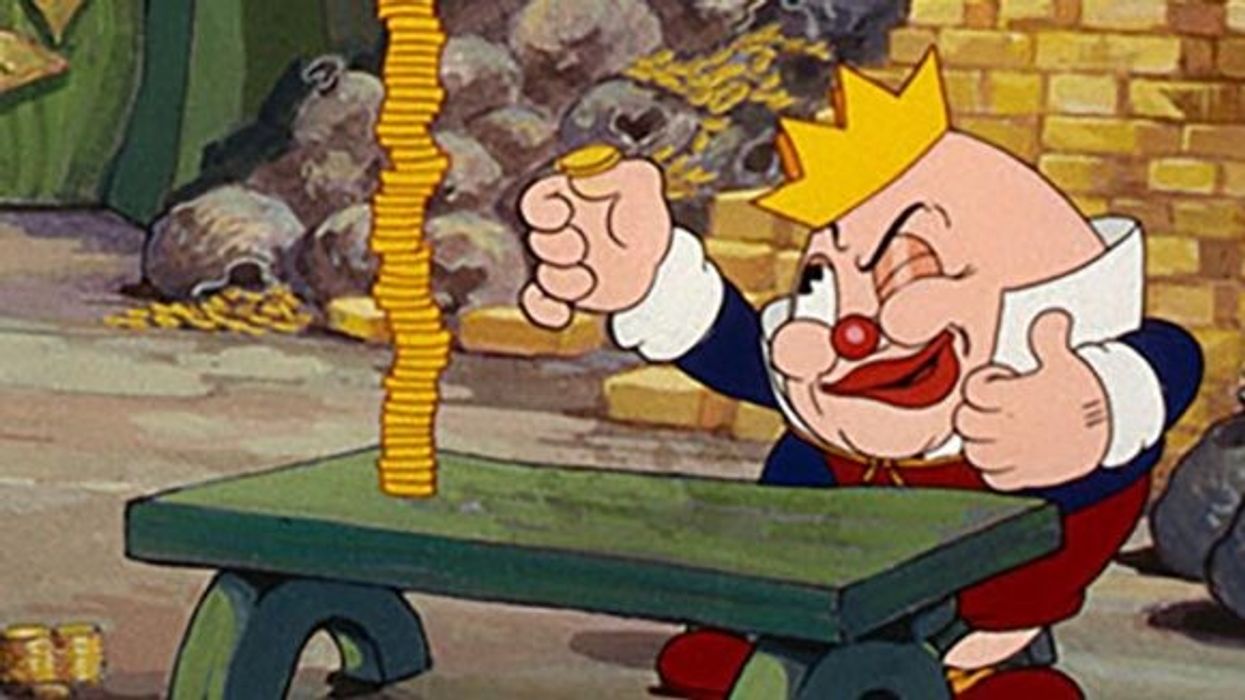First and Final Frames of the Most Iconic Filmmakers' Careers
This video essay reveals the very first, as well as the very last shots in the films of some of our most treasured filmmakers.

If you were a fan of Jacob T. Swinney's "First and Final Frame" series, which juxtaposed, you guessed it, the first and final frames of some of history's greatest films, then you'll definitely get down with this new supercut from Nicolás Longinotti (a.k.a. Troiscouleuars). However, the video essayist takes the subject matter to a new level not by examining the way individual films are bookended, but by examining the entire filmmaking careers by some of cinema's most iconic directors.
Check it out below:
Considering the fact that most directors do a lot of their early work in short films, commercials, and documentaries, Longinotti decided to focus primarily on fiction feature films, save for a few exceptions, including Charlie Chaplin and Alice Guy-Blaché. He also only includes filmmakers who have passed away, examining films that were completed during their lifetime and strictly excluding any films that were completed posthumously.
Here's a list of all of the directors that appear in the supercut:
- Alice Guy-Blaché
- Charlie Chaplin
- John Ford
- Carl T. Dreyer
- Ernst Lubitcsch
- Jean Renoir
- Alfred Hitchcock
- Yasujiro Ozu
- Luis Buñuel
- Orson Welles
- John Huston
- Ingmar Bergman
- Robert Bresson
- Akira Kurosawa
- David Lean
- Michelangelo Antonioni
- Federico Fellini
- Stanley Kubrick
- Sidney Lumet
- Jacques Demy
- Sergio Leone
- Pier Paolo Pasolini
- Jacques Rivette
- Andrei Tarkovsky
- R. W. Fassbinder
- Abbas Kiarostami
- Chantal Akerman
As Longinotti notes in the video's description, some of these shots are 20, 30, or 40 years apart, which gives us a unique opportunity to examine these incredibly enduring and illustrious cinematic careers through a highly magnified and brilliantly selective lens.
What do the frames that bookend a filmmaker's career teach us about them, their work, and cinema in general?
Unlike the first and final frames of a film, there's a much greater chance that career-spanning bookending is unintentional by filmmakers. So, using this information to decipher some kind of artistic or creative statement is most likely not possible.
However, it is interesting to see the instant evolution of the greatest directors of all time, a side-by-side of their first attempts and their final efforts. I mean, if these directors lived for filmmaking, which they most certainly did, you could say Longinotti's supercut elegantly captures their entire existence, from their first breath to their last.
Source: Troiscouleurs














